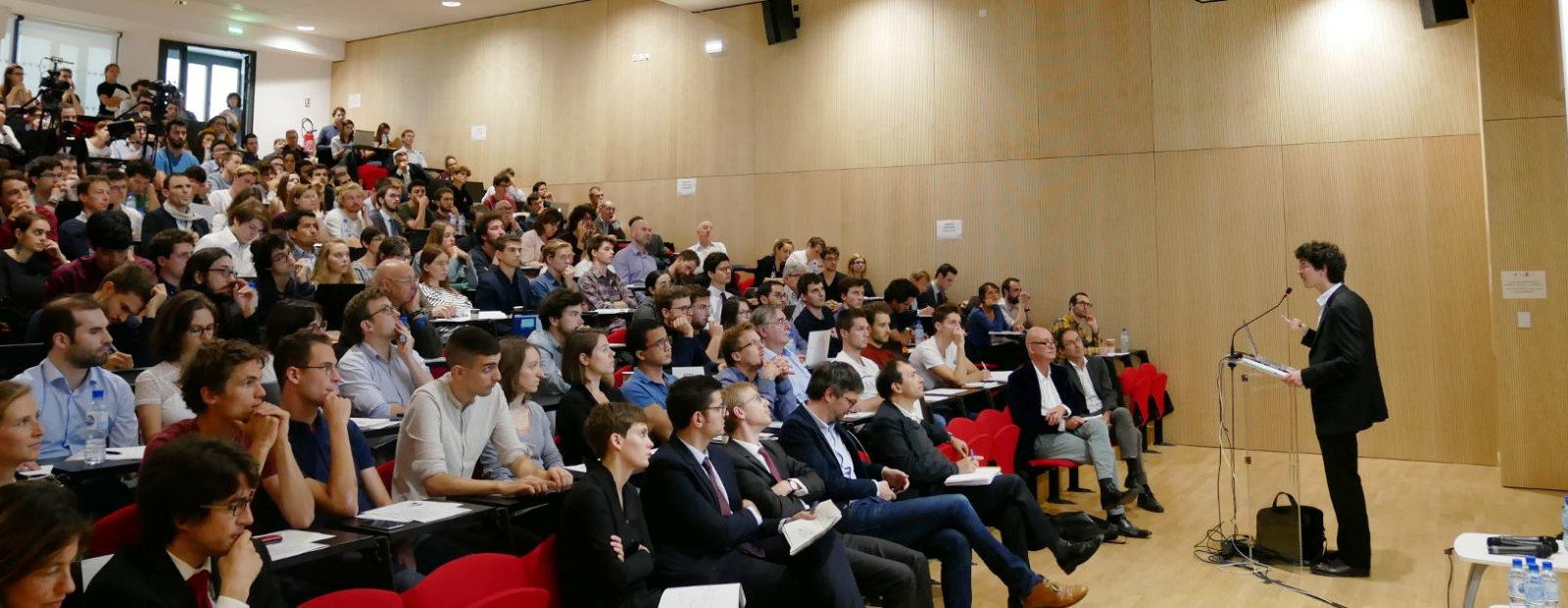Published in
- Professor
- i-MIP Deputy director
- Université Le Mans
- Université Le Mans
Research groups
Research themes
- Cycle
- Labour Markets
- Unemployment
Contact
Address :Université du Maine,
72085 Le Mans cedex 9, France
Address :Avenue O. Messiaen
Campus: Faculté de Droit et des Sciences Économiques
Publications HAL
-
La vulnérabilité des populations face aux changements climatiques dans les Pays de la Loire ReportAuthor: Béatrice Bechet, Blanche Lormeteau, C. Fleurant, Claire Magand, Claude Rospars, Eric Gaume, Géraldine Molina, Ghozlane Fleury-Bahi, Jean-Raynald de Dreuzy, K. Chancibault, Laurent Devisme, M. Robin, Morgane Innocent, Samira Rousselière, Sophie Eberhardt
-
Understanding Cross-Country Differences in Health Status and Expenditures: Health Prices Matter Journal articleAuthor: Thepthida Sopraseuth Journal: Journal of Political Economy
Published in
-
Les incidences économiques de l’action pour le climat. Compétitivité ReportAuthor: Christophe C. Gouel, Frédéric Ghersi, Jean Sebastien, Paul Malliet
Published in
-
Preferences for COVID-19 epidemic control measures among French adults: a discrete choice experiment Journal articleAuthor: Jonathan Sicsic, Judith E Mueller Journal: European Journal of Health Economics
Published in
-
Lockdown and Unemployment in France Journal articleJournal: Revue d'économie politique
Published in

